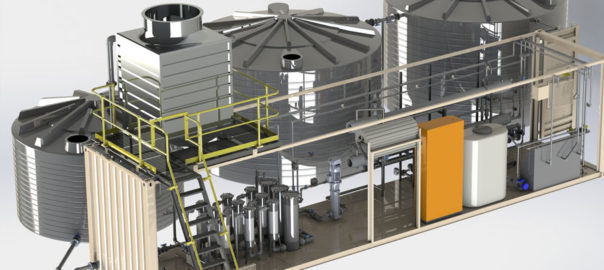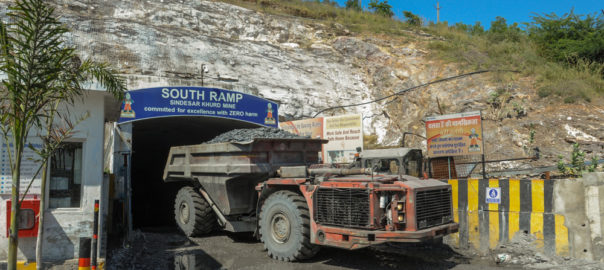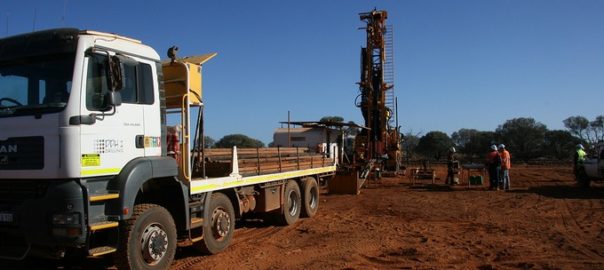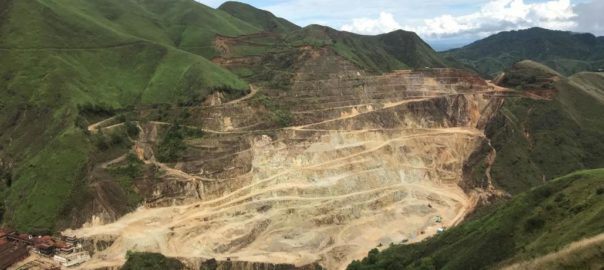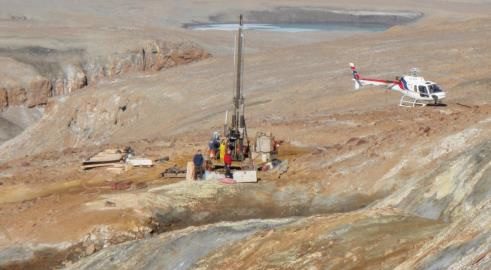Water and waste water treatment company De.mem has unveiled A$350,000 ($252,364) in new orders from municipal and resource sector customers, including one from South32’s Cannington silver-lead operation in Queensland, Australia.
The sale to South32 is for a membrane-based water treatment system supplied by the company’s wholly-owned Akwa-Worx subsidiary.
Akwa-Worx designs, builds and delivers a wide range of water and waste water treatment systems that make use of modern membrane technologies. Depending on the contaminants to be removed, and the product water quality desired, these systems may use ultrafiltration, nanofiltration or reverse osmosis membranes, plus there is also a membrane bioreactor option.
Cannington has been in production for 20 years and now produces 7% of the world’s lead and 6% of the world’s silver, according to the company.






